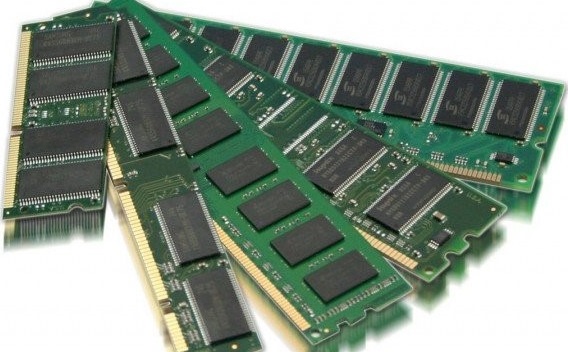RAM can be divided into SRAM and DRAM. So if you want to know some information about DRAM memory, then this post from MiniTool is what you need. This post will tell you what DRAM is and how it works.
There are many types of RAM now, but according to the working principle of the memory unit, RAM can be divided into SRAM memory and DRAM memory. And this post from MiniTool focuses on DRAM memory, so keep reading to get detailed information about it.
Overview of DRAM Memory
To begin with, what is DRAM memory? DRAM memory is short for dynamic random-access memory, which can be used for data or program code required by a computer processor to run. DRAM memory is the most common type of computer memory and is widely used.

DRAM chips are widely used in digital electronics that require low cost and large capacity computer memory. So you can find DRAM memory in personal computers, workstations, and servers. And it is also used in multiple portable devices and video game consoles.
Unlike flash memory, DRAM is volatile memory (as opposed to non-volatile memory), because data is quickly lost after a power failure. But DRAM memory does show limited data remanence.
How Does DRAM Work?
The memory consists of bits of data or program code arranged in a two-dimensional grid. DRAM memory stores bits of data in so-called storage or a memory cell, which are composed of a capacitor and a transistor. Storage cells are usually organized in a rectangular configuration.
The transistor at that column is activated when a charge is sent through a column. DRAM memory cells are dynamic, which means that they need to be refreshed every few milliseconds or given a new charge to compensate for the charge leakage of the capacitor.
Generally, manufacturers appoint that each row must be refreshed every 64 ms or less, as defined by the JEDEC standard. Some systems refresh every row in a burst of activity every 64 milliseconds, which involves all rows. Other systems refresh one row at a time throughout the 64 ms interval.
The row address of the row to be refreshed next is maintained by an external logic or counter in the DRAM. Systems that provide row addresses (and refresh commands) have better control over when to refresh and which row to refresh. This is done to minimize conflicts with memory access because such a system understands both the memory access patterns and the DRAM refresh requirements.
Some modern DRAMs can self-refresh. No external logic is needed to instruct the DRAM to refresh or offer a row address. In some cases, most of the data in DRAM can be recovered even if DRAM is not refreshed for several minutes.
DRAM is a semiconductor memory option that system designers can use when building computers. Optional memory choices include static RAM (SRAM), electrically erasable replacement memory (EEPROM), NOR flash and NAND flash. Multiple systems use more than one type of memory.
Types of DRAM Memory
There are many types of DRAM memory that you can find in a device and some types are shown below:
- Synchronous DRAM (SDRAM) syncs the memory speed with the CPU clock speed so that the memory controller knows the CPU clock cycle. In this way, the CPU can execute more instructions at once. Besides, SDRAM devices can keep data buses continuously busy by alternating banks.
- Double Data Rate SDRAM (DDR SDRAM) performs double-width access internally at the clock rate and adopts a double data rate interface to transfer one half on each clock edge. It has had different iterations as time goes on, including DDR2 SDRAM, DDR3 SDRAM, and DDR4 SDRAM.
- Extended data out DRAM (EDO DRAM) can start a new access cycle while keeping the data output of the previous cycle active and shortens the time to read from memory on microprocessors such as Intel Pentium.
- Video RAM (VRAM) is used to store frame buffers in some graphics adapters.
DRAM VS SRAM
DRAM is the successor of SRAM. To create DRAM, memory designers reduced the number of elements per bit and eliminated differential bit lines to save chip area. As a result, DRAM is cheaper to produce than SRAM.
However, SRAM still has some advantages over DRAM. SRAM doesn’t need to be refreshed in that it works by switching the current flow in one of two directions, rather than holding the charge in the storage cell. SRAM is commonly used for caches, and it can be accessed faster than DRAM.
SRAM is capable of byte-level reads/writes and is faster than DRAM in terms of reads/writes. DRAM writes data at the byte-level and reads at the multiple-byte page level.
The power difference depends on whether the system is in active mode or sleep mode. DRAM needs less power than active SRAM, but uses much less power than DRAM in sleep mode.
The End
This post has shown you that what DRAM memory is and how it works. Besides, you can also know some types of DRAM memory. This post also compared DRAM vs SRAM, so you can know some differences between them.